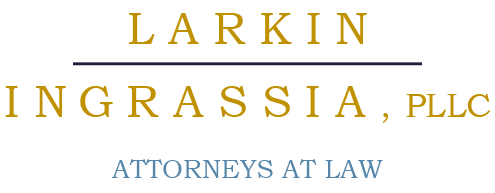Arrest
Before an arrest can occur a police officer must have reasonable cause to believe an individual has violated a section of law (felony, misdemeanor or violation). Once an individual is in custody the police may issue a Desk Appearance Ticket (DAT) for lower level offenses. A DAT tells the individual when and where to appear in Court on the charge(s). If the individual has a criminal record or the alleged offense is of a higher level, the individual will be held in custody until he or she can appear before a judge for Arraignment. Arraignments typically occur within twenty-four hours of arrest.
Arraignment
The first time an individual appears before a judge in Court is called the Arraignment. An Arraignment begins with a formal reading of the charge(s) against the individual. Next, the individual enters a plea of either “guilty” or “not guilty.” Typically an individual will enter a “not guilty” plea to open negotiations between his or her attorney and the Prosecutor.
The issue of bail is also addressed at Arraignment. If bail has not yet been set, the judge can set an amount of bail or if the individual was given a DAT to appear, the judge can continue their Release to his or her Own Recognizance (ROR) status and he or she can remain at liberty without posting bail. The attorney for the Defendant and the Prosecutor make bail arguments to the judge regarding the proper amount of bail for the case.
Other preliminary issues may be addressed at Arraignment, for example, individuals charged with Driving While Intoxicated (DWI) will have their driving privileges in New York suspended at Arraignment and if they are a New York licensed driver, they will lose their license completely pending the prosecution of the case.
Felony Hearing or Grand Jury Action
If an individual is charged with a felony and is in custody because he or she was unable to post the amount of bail set by the judge or the judge remanded them to jail without bail (in certain circumstances, for example if he or she has two prior felony convictions and an allegation of a third), the prosecution must present evidence to a Grand Jury no later than six days after the arrest.
In the alternative, the Prosecutor can also proceed with a felony hearing instead of presenting the case to the grand jury. At the felony hearing, a judge will determine if there is enough evidence to hold the individual in jail while waiting for the Prosecutor to present the case to a Grand Jury. In certain cases the prosecution will present a case to a Grand Jury before the individual is even arrested and if an Indictment is handed up, the individual is then arrested and arraigned.
Motions, Discovery, and Investigation
A defense attorney will often file pre-trial motions including requests to suppress certain evidence, such as in individual’s statement to police or evidence found pursuant to a search warrant. A defense attorney will also request disclosure of certain evidence. However, in New York pre-trial discovery is very limited in criminal cases. In certain cases there may be a need for a defense attorney to do an investigation of their own, for example hiring a private investigator to interview witnesses.
Plea Bargaining
Most cases in the criminal justice system resolve through plea agreements rather than trials. This is an agreement reached with the defense attorney and the Prosecutor, whereby the individual pleads guilty to a charge, usually a lesser crime than he or she was initially charged. Often the Prosecutor will make a recommendation to the judge regarding sentence. The judge has the final say regarding accepting a plea bargained “guilty plea.”
Hearings
Depending on the type of motions the defense attorney files, hearings may be held prior to a trial. For example, if the defense attorney made a motion for a Huntley hearing, a hearing would be held to determine if the police officers acted properly when the individual made a statement. The judge also determines if the individual made the statement voluntarily. Unlike a criminal trial, where an individual has a right to a jury trial, in a pre-trial hearing the judge is the sole decision-maker.
If the judge suppresses evidence, the Prosecutor will not be able to use this evidence against the individual at trial. If key evidence has been suppressed, and a Prosecutor has no additional evidence, the criminal case may be dismissed at this stage. A Prosecutor may also make a different plea offer to resolve the case before going to trial.
Trial
An individual has a right to a jury trial, or he or she can waive that right and have the judge act as the finder of fact, also known as a bench trial. Generally a criminal trial is composed of seven stages: jury selection, opening statements, Prosecution’s case, Defense’s case, closing arguments, jury instructions, and verdict. A Defendant does not have to put forward any defense or cross-examine any witness. The burden is solely on the prosecution to prove beyond a reasonable doubt that the individual committed the crime alleged.
Sentencing
After a guilty plea or guilty verdict, the case proceeds to sentencing. The judge is the one who ultimately pronounces the sentence and is guided by a recommendation by the prosecution. There are sentencing ranges for all criminal offenses, with a maximum and a minimum sentence set by statute. Felonies are punishable by more than a year in prison, whereas misdemeanors are punishable by a year or less in jail. There are also non-jail sentences, including probation and conditional discharges.

